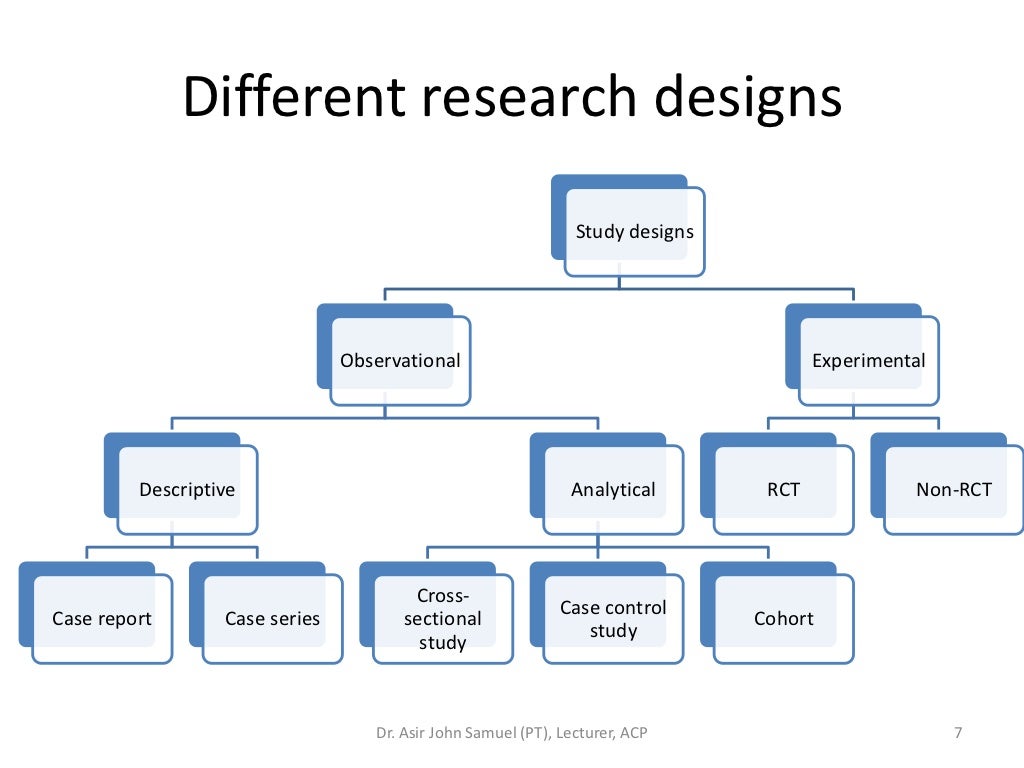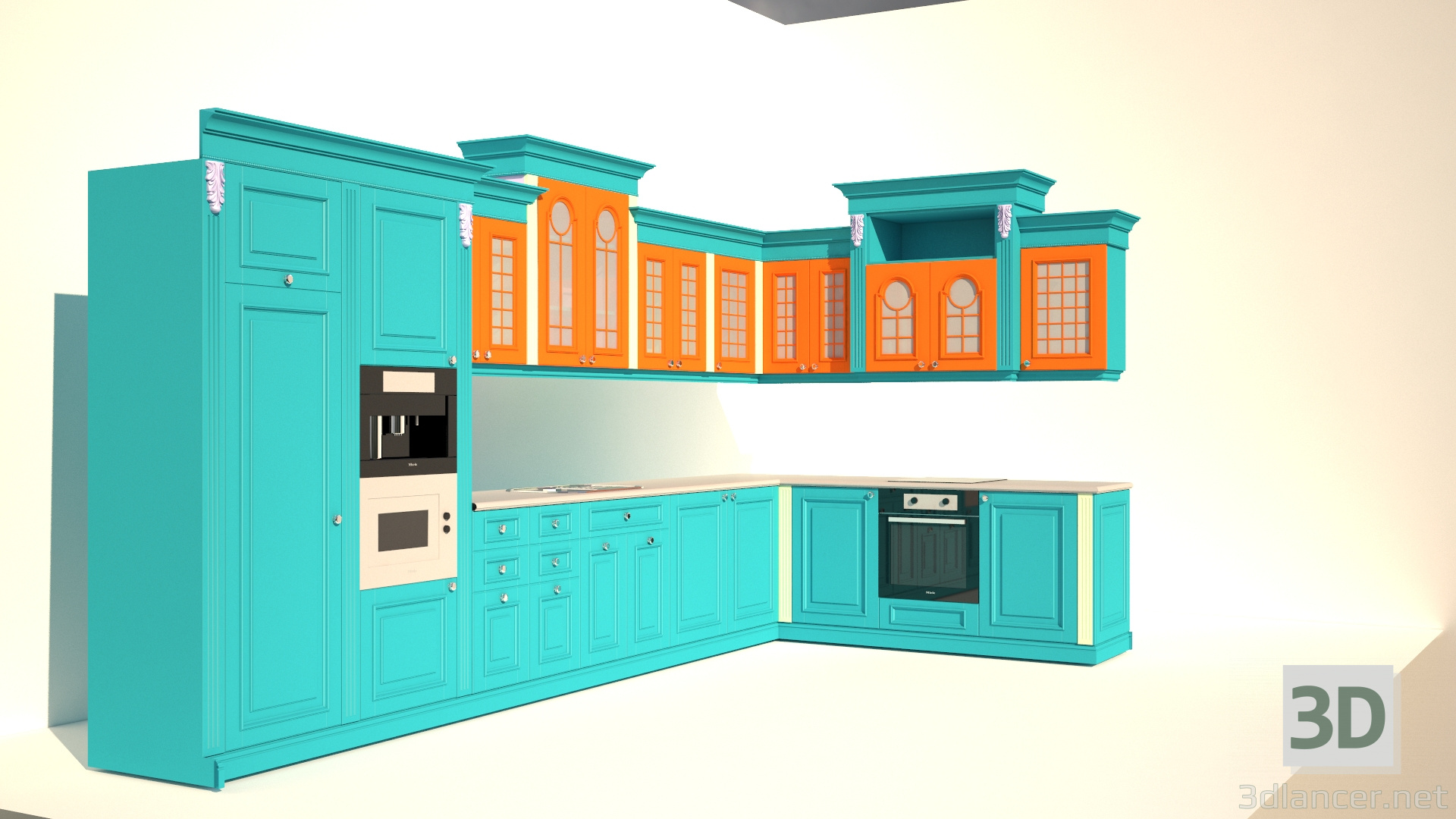Table Of Content

This type of research design involves collecting data from participants and analyzing the relationship between the variables using statistical methods. The aim of correlational research is to identify the strength and direction of the relationship between the variables. At Pew Research Center, questionnaire development is a collaborative and iterative process where staff meet to discuss drafts of the questionnaire several times over the course of its development.
Types of research data
For many years, surveyors approached questionnaire design as an art, but substantial research over the past forty years has demonstrated that there is a lot of science involved in crafting a good survey questionnaire. Comparative research is a research design that involves comparing two or more groups, cultures, variables, or phenomena to identify similarities and differences (Abbott & McKinney, 2013). However, it’s invaluable for underpinning other research methods and for informing our understanding of fundamental principles and theories. Philosophical research is a research design that uses philosophical methods to address broad questions about issues such as reality, morality, existence, truth, justice, and freedom (Novikov & Novikov, 2013). Surveys can be used to describe, compare, or explain individual and societal phenomena. Surveys allow for data collection from a large population, in a cost-effective and efficient manner (Fowler, 2013).
Correlation Studies in Psychology Research - Verywell Mind
Correlation Studies in Psychology Research.
Posted: Thu, 04 May 2023 07:00:00 GMT [source]
Action Research Design
With statistics, you can summarise your sample data, make estimates, and test hypotheses. Planning systematic procedures is especially important in quantitative research, where you need to precisely define your variables and ensure your measurements are reliable and valid. Probability sampling is the most statistically valid option, but it’s often difficult to achieve unless you’re dealing with a very small and accessible population. By comparing their outcomes in test scores, you can be more confident that it was the method of teaching (and not other variables) that caused any change in scores. Qualitative research designs tend to be more flexible and inductive, allowing you to adjust your approach based on what you find throughout the research process. You might have to write up a research design as a standalone assignment, or it might be part of a larger research proposal or other project.
Sampling methods
Power and optimal study design in iPSC-based brain disease modelling Molecular Psychiatry - Nature.com
Power and optimal study design in iPSC-based brain disease modelling Molecular Psychiatry.
Posted: Wed, 16 Nov 2022 08:00:00 GMT [source]
While the above example is focused squarely on one organisation, it’s worth noting that case study research designs can have different variations, including single-case, multiple-case and longitudinal designs. As you can see in the example, a single-case design involves intensely examining a single entity to understand its unique characteristics and complexities. Conversely, in a multiple-case design, multiple cases are compared and contrasted to identify patterns and commonalities. Lastly, in a longitudinal case design, a single case or multiple cases are studied over an extended period of time to understand how factors develop over time.
When you start planning a research project, developing research questions and creating a research design, you will have to make various decisions about the type of research you want to do. Overall, an appropriately chosen and executed research design helps researchers to conduct high-quality research, draw meaningful conclusions, and contribute to the advancement of knowledge in their field. A research design is essential to systematically investigate, understand, and interpret phenomena of interest. For example, if you wanted to measure if/how different types of fertiliser affect plant growth, you could set up several groups of plants, with each group receiving a different type of fertiliser, as well as one with no fertiliser at all. You could then measure how much each plant group grew (on average) over time and compare the results from the different groups to see which fertiliser was most effective. In qualitative research, your data will usually be very dense with information and ideas.
For example, if you wanted to explore the relationship between exercise frequency and overall health, you could use a correlational design to help you achieve this. In this case, you might gather data on participants’ exercise habits, as well as records of their health indicators like blood pressure, heart rate, or body mass index. Thereafter, you’d use a statistical test to assess whether there’s a relationship between the two variables (exercise frequency and health). They often have similar approaches in terms of data collection, but focus on different aspects when analysing the data. Multimethodology or multimethod research includes using more than one data collection method or research in a research study or set of related studies.
The experimental research design involves manipulating one variable to determine if changes in one variable lead to changes in another variable. Combines qualitative and quantitative research methods to provide a more holistic understanding of a research problem. By randomizing participants into experimental and control groups, RCTs meticulously assess the efficacy of interventions or treatments, establishing clear cause-and-effect relationships. Each type of study design has different methods with unique advantages and disadvantages. The essential feature is that some of the persons under study have the disease or outcome of interest and their characteristics are compared with those of unaffected persons. The exposure-odds ratio for case control data is the ratio of the odds in favor of exposure among cases to the odds in favor of exposure among noncases.
Longitudinal research design
In either case, you should carefully consider which methods are most appropriate and feasible for answering your question. The quantitative data analysis technique involves analyzing the numerical data with the help of different applications such as; SPSS, STATA, Excel, origin lab, etc. There are some terms that are used frequently while classifying study designs which are described in the following sections. Observational studies are studies that we conduct without any intervention or experiment. On the other hand, in experimental studies, we conduct experiments and interventions.

Researcher.Life is a subscription-based platform that unifies the best AI tools and services designed to speed up, simplify, and streamline every step of a researcher’s journey. For example, if you are researching the opinions of students in your university, you could survey a sample of 100 students. Two of the most common approaches to doing this are thematic analysis and discourse analysis. Regression and correlation tests look for associations between two or more variables, while comparison tests (such as t tests and ANOVAs) look for differences in the outcomes of different groups. For valid and reliable results, your measurement materials should be thoroughly researched and carefully designed.
Built-in storage with cabinet enclosures ensures that books, school supplies, and other essentials are organized behind closed doors. If you're someone that thrives on vibrant energy, you're probably not going to be able to easily find your groove in a stark neutral space. Play into your work or study personality with decor that keys into exactly what it is that makes you tick. Here, designer Krsnaa Mehta relied on righteous jewel tones and custom art to enliven his personal study. Equal parts relaxing and dramatic, this daring study space by GRT Architects boasts everything you'd need to get down to brass tacks, from bookshelves and versatile side tables to a cozy spot to perch. Another experiment embedded in a December 2008 Pew Research Center poll also resulted in a contrast effect.
This behavior is even more pronounced when there’s an interviewer present, rather than when the survey is self-administered. A better practice is to offer respondents a choice between alternative statements. A Pew Research Center experiment with one of its routinely asked values questions illustrates the difference that question format can make. Not only does the forced choice format yield a very different result overall from the agree-disagree format, but the pattern of answers between respondents with more or less formal education also tends to be very different. We often write two versions of a question and ask half of the survey sample one version of the question and the other half the second version. Respondents are assigned randomly to receive either form, so we can assume that the two groups of respondents are essentially identical.
This type of research design involves manipulating one variable and measuring the effect on another variable. It usually involves randomly assigning participants to groups and manipulating an independent variable to determine its effect on a dependent variable. The terms “prospective” and “retrospective” refer to the timing of the research in relation to the development of the outcome. By contrast, in prospective studies, the outcome (and sometimes even the exposure or intervention) has not occurred when the study starts and participants are followed up over a period of time to determine the occurrence of outcomes. Typically, most cohort studies are prospective studies (though there may be retrospective cohorts), whereas case–control studies are retrospective studies. An interventional study has to be, by definition, a prospective study since the investigator determines the exposure for each study participant and then follows them to observe outcomes.
As well as choosing an appropriate sampling method, you need a concrete plan for how you’ll actually contact and recruit your selected sample. But often you’ll be dealing with more abstract concepts, like satisfaction, anxiety, or competence. However, it also means you don’t have any control over which variables to measure or how to measure them, so the conclusions you can draw may be limited. There are many other ways you might collect data depending on your field and topic. In these types of design, you still have to carefully consider your choice of case or community.
Cohort research is a form of longitudinal study design that observes a defined group, or cohort, over a period of time. In the context of medical or psychological research, diagnostic research often involves detailed examinations or tests to identify the nature of a disease or disorder, its causes, symptoms, and effects. The objective of this research is to gain a deep understanding of the problem in order to provide a diagnosis or create an intervention (Leavy, 2022).

No comments:
Post a Comment